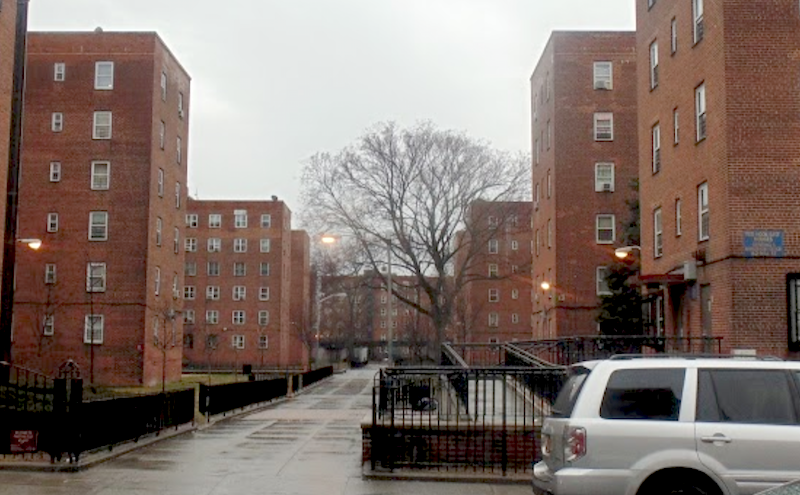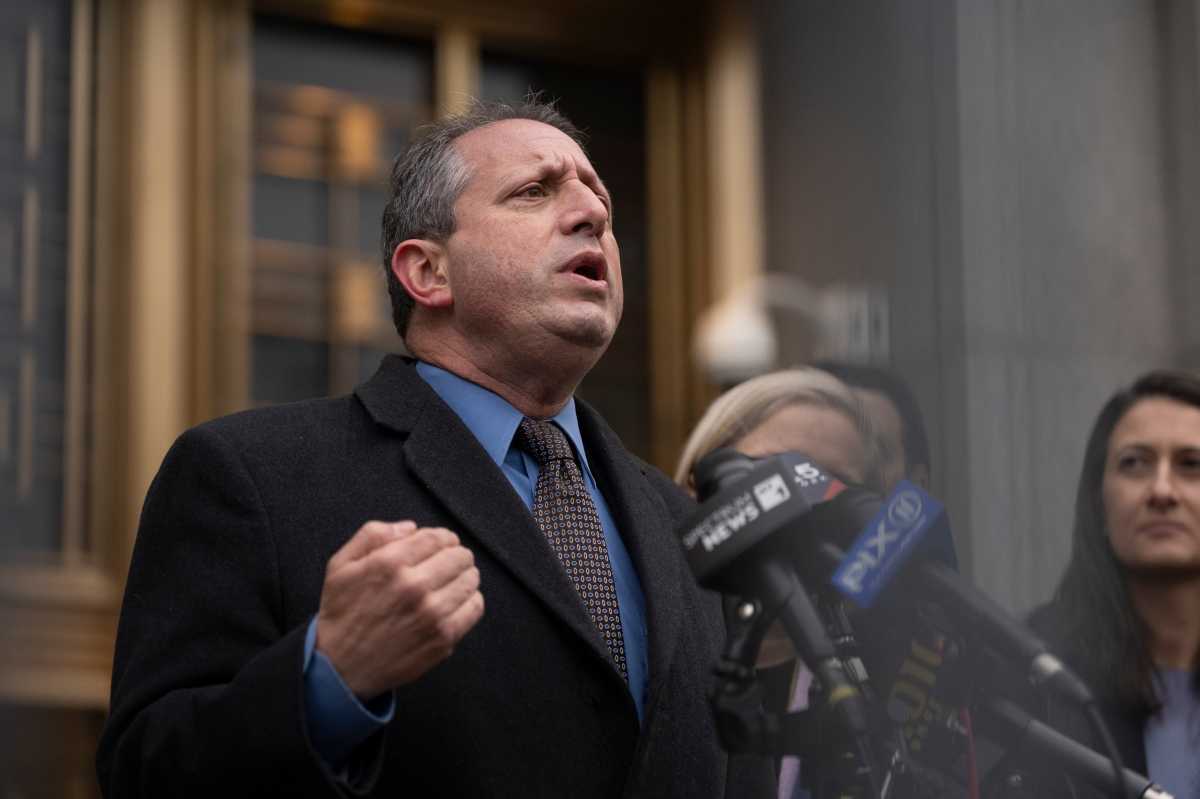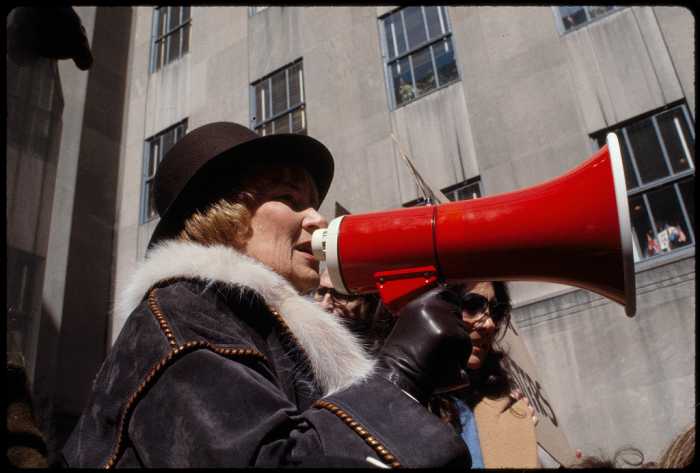Local residents who often complain that their landlords are the worst at providing basic services should count their holiday blessings that the city isn’t their landlord.
That after Public Advocate Letitia James today announced her 2018 Worst Landlords Watchlist, and for the first time the New York City Housing Authority (NYCHA) was designated the worst landlord in New York City.

“The Worst Landlords Watchlist has been an invaluable tool to hold bad landlords accountable and improve living conditions for countless New Yorkers,” said James. “But for too long, the most glaring example of this ill treatment has been at the hands of the City itself – and this year, we are finally putting NYCHA on notice. New Yorkers deserve better and it is long past time that NYCHA clean up its act.”
James said that years of neglect and dilapidated conditions coupled with revelations about NYCHA’s repeated failures to address lead paint concerns and provide heat earned NYCHA the top spot on the annual list. The list also highlights the top 100 worst private landlords in New York City and the top 10 worst buildings in each borough.
Over 400,000 New Yorkers live in buildings owned by NYCHA, across 177,000 apartments. The conditions at NYCHA were quantified by assessing the number of open work orders (complaints filed by tenants) at each development during October 2018, as reported by NYCHA.
And utilizing this metric, the Red Hook East and Red Hook West developments came in first and second with the most open work orders of all NYCHA developments.
Other NYCHA developments in Brooklyn in the top 20 list of open work orders include the Albany Houses (4) in Crown Heights, the Gravesend Houses (6) in Gravesend, Surfside Houses (8) in Coeny Island, the Coney Island Houses (10), the Coney Island Houses Sites 1 and 11 (11), Weeksville Gradens (12) in Crown Heights, the Albany Houses site 11 (13) in Crown Heights, and the Armstrong Houses site 11 (16) in Bedford-Stuyvesant.
Putting NYCHA at the top of the list as the city’s worst landlords drew praise from two Brooklyn electeds.


City Council Member Alicka Ampry-Samuel (D-Brownsville), chair of the Council’s Committee on Public Housing. said now more than ever, there is a need for transparency, accountability and oversight concerning NYCHA. “How do we, as a City, hold private landlords accountable when, as the largest landlord in the country, we have allowed residents to live in such squalor. I hope that by deeming NYCHA, the worst landlord in 2018, this will force NYC to look at itself in the mirror,” said Ampry-Samuel.
Assembly Member Walter Mosley (D-Fort Greene, Clinton Hill, Prospect Heights, Crown Heights) said the Worst Landlords Watchlist, which Mayor Bill de Blasio started when he was the city’s Public Advocate, is a crucial measure for the city in that it has held bad landlords accountable while improving living conditions for countless New Yorkers.
“After years of neglect and dilapidated conditions we have finally put the most notorious of all landlords on notice—NYCHA. The time has come for us as a city and state to say enough is enough. We represent thousands of New Yorkers and each and every one of them deserve the dignity and respect of having apartments they can live comfortably and safely in. The days of NYCHA hiding in the shadows are over,” said Mosley.
As reported in NYCHA’s Physical Needs Assessment. NYCHA needs more than $25 billion in repairs in the next year, or $148,000 per apartment, rising to $224,000 per apartment over the next ten years. The other side to that is Congress is readying a $1 trillion infrastructure allocation to repair much of the nation’s crumbling roads, tunnels and bridges, and this includes $70 billion for public housing, according to U. S. Rep. Hakeem Jeffries (D-Central Brooklyn, COney Island).
Much of the $70 billion could go to NYCHA as it is by far the largest public housing development in the nation. However, due to past mismanagement there is federal concern that the money is spent in the right way.
Currently, the de Blasio Administration has been negotiating with the U.S. Department of Housing and Urban Development (HUD) on efforts to bolster NYCHA conditions. This will likely result in a much larger federal oversight role in repairing and providing maintenance at NYCHA properties. It could also mean HUD taking receivership of some or all of NYCHA properties from the city.
The full list of the city’s 2018 worst landlords is available at www.landlordwatchlist.com.










